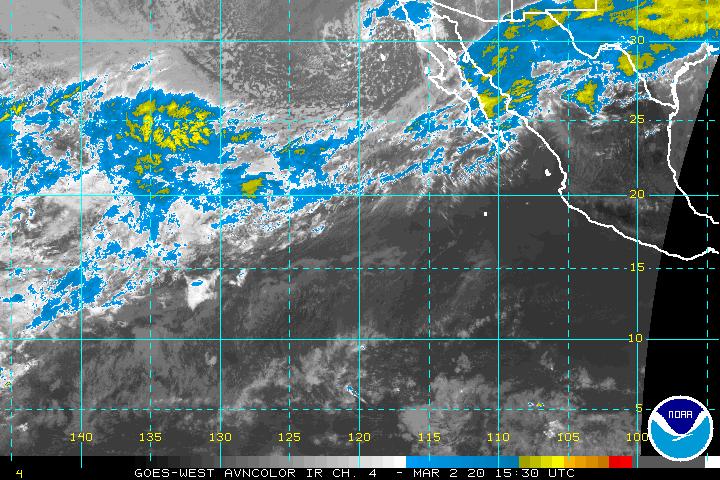Cyclenall wrote:WindRunner wrote:Cyclenall wrote:What else does Daniel need to do before he becomes a category 5 hurricane? Colder cloud tops? Is that the only thing left?
Well, 156mph sustained winds helps, too . . .
Haha, that's real funny. The only problem is I'm trying to find out how Daniel will get those winds. It's just like saying that Daniel needs to become a CAT5 hurricane to be a CAT5 hurricane. Get it?
Since it's stabilized for a bit, the only real way to get more strengthening (enough to bring it up another 20kts) would be for the pressure to drop. Like all tropical cyclones, this is accomplished through more rigorous convection. If the eye constricts, allowing for more convection as close to the center as possible, and convection intensifies, it may be able to decrease its central pressure. Of course, 'wind' is caused by a pressure gradient, so if the storm 'shrinks' it would increase the dP/dr (pressure gradient). However, I think it's much more common for storms to expand with time, not contract. So, how do you get more intense convection? Largely by providing more favorable environmental parameters (e.g. through warmer SSTs and weaker shear). There are also a lot of organizational factors at play as well (which is why we don't see Cat 5 storms every time a disturbance is in warm SSTs and weak vertica lwind shear).
That said, now that Daniel is mature, well-organized, and intense, internal processes (including ERCs) can play a very significant role in future intensity changes.
The environment and storm organization really has to be near perfect for a storm to reach Cat 5 strength. It may help that it is already as strong as it is, but I think it would be very difficult for Daniel to intensify much more owing to the shallowness of warm water (as reflected in the TCHP -- http://www.aoml.noaa.gov/phod/dataphod1 ... 6201cp.jpg ). He may pop back up to 120kts, but I can't imagine he would go much further, especially given the rather limited time before environmental conditions deteriorate.










